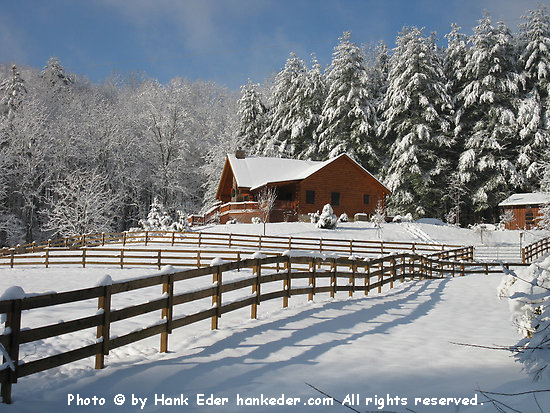
Living in the NC mountains in winter has its own set of challenges. While this area is paradise to many, chances are good that you sometimes get cold during the winter months. One problem is that many homes (especially older ones) are not well insulated. Warm air leaks out, and cold air leaks in. One big culprit for heat loss is your attic. Is it insulated well? Is it even insulated at all? You’ll need to take a look up there and see. Asheville attic insulation can make a big difference in your comfort and bills in winter.
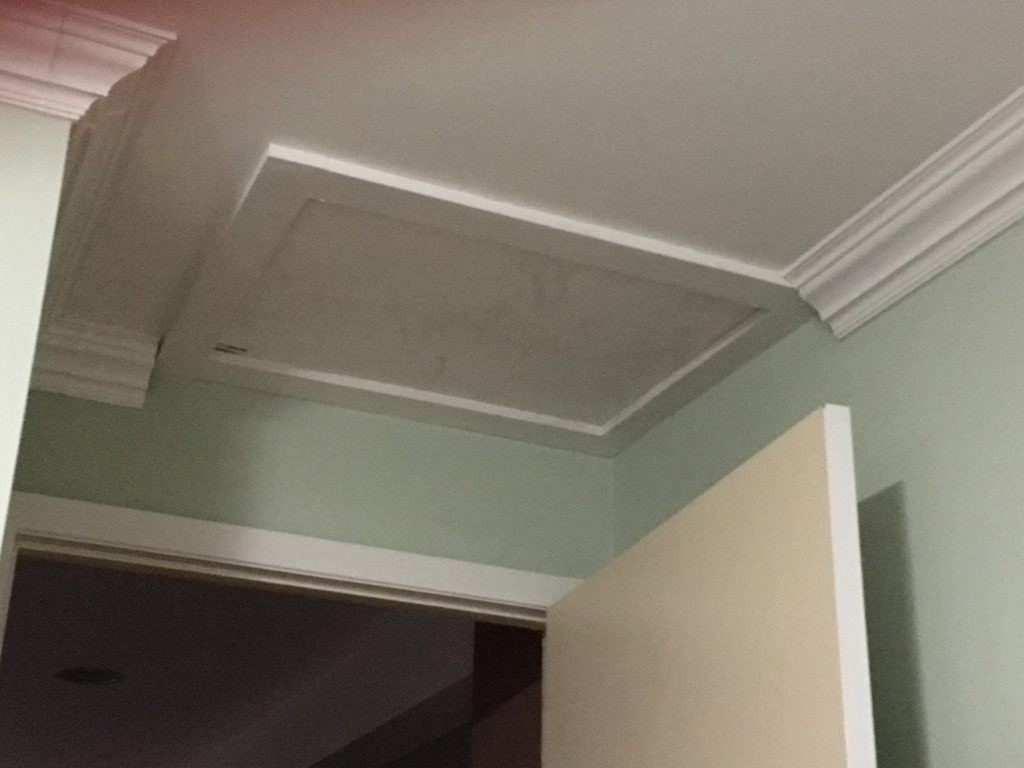
The first thing to figure out is how to get into your attic. Some homes have attic hatches. These are rectangular openings in the ceiling with a board inside. You’ll need to climb up a ladder to push the board up into the attic, and then climb inside. A word of caution: If you don’t see a plywood walkway up there, don’t go in. Just stick your head up to look around and take stock of what you see.
Other homes have pull-down ladders that take you right up into the attic. These make it very easy to get up there, but they provide a huge area for warm air to escape from your heated space. This can be remedied by an attic stair cover, which can be custom-crafted by a professional, or purchased in pre-made kits from a home improvement store.
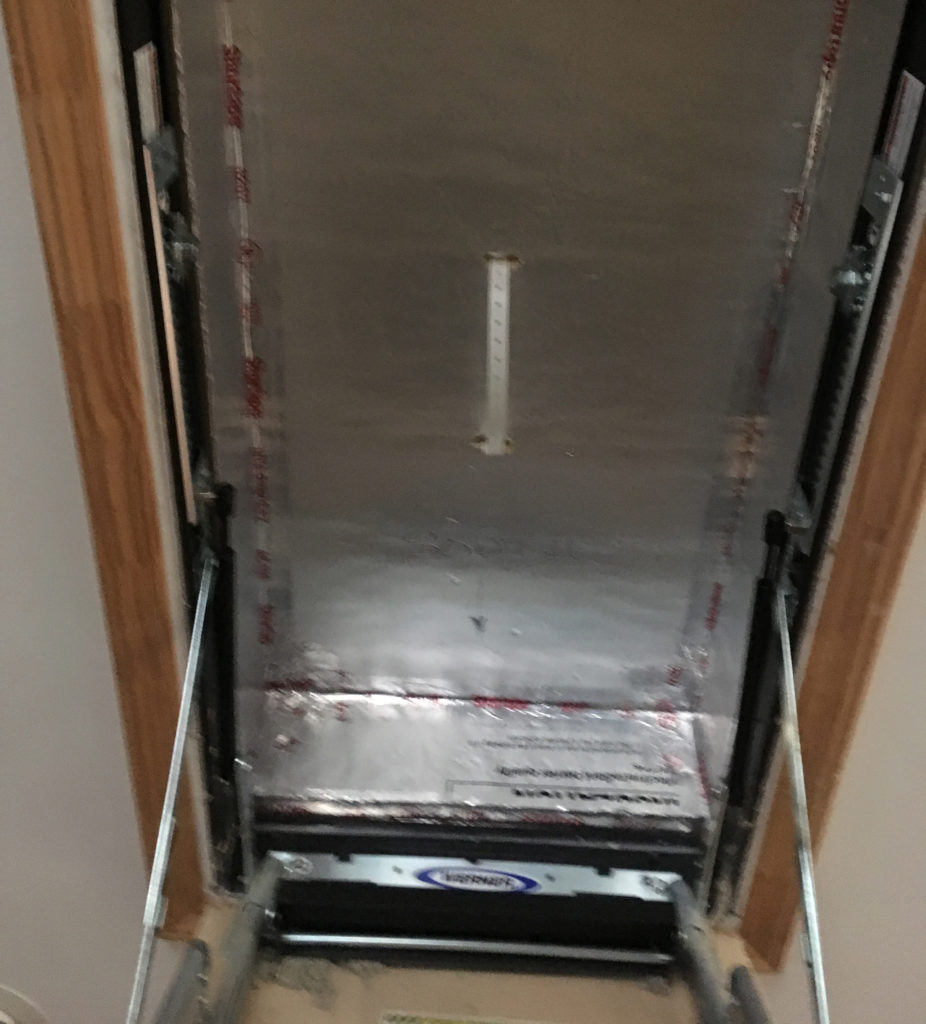
Whichever way your home provides for attic access, it’s time to peek your head up there.
Take A Look Around
First, do you see a plywood walkway on top of some of the boards? If so, you can safely walk or crawl on this plywood area. If there is no plywood, the only place you can walk safely is on the wood beams that run across the attic floor. Step off those beams and you can end up crashing through the ceiling, resulting in serious injury or even death. So be careful!
Now that you’re looking around, can you see the floorboards, or are they covered in some kind of material? The material between these boards is attic insulation. If all you see is bare floorboards, then there is no insulation up there. Why is this a problem? As we learned in school science class, warm air rises. So if you’re spending a tidy sum to heat your house in winter, and your attic is not insulated, much of that heat is being sucked out of your room and into the attic. The spiders may thank you, but it is a serious waste of energy and money.
So if you see no insulating material, or just a very thin layer of insulation, you are wasting money and energy. It’s time to get your attic insulated properly to stay toasty and save some bucks during those cold winter months.
There are a number of ways to insulate your attic. Some are fairly inexpensive, while others can set you back quite a bit. For the sake of comparison, let’s separate attic insulation into two categories: Do-it-yourself and professional installation. For the do-it-yourselfer, the most common choice is batt insulation.
Going Batty!
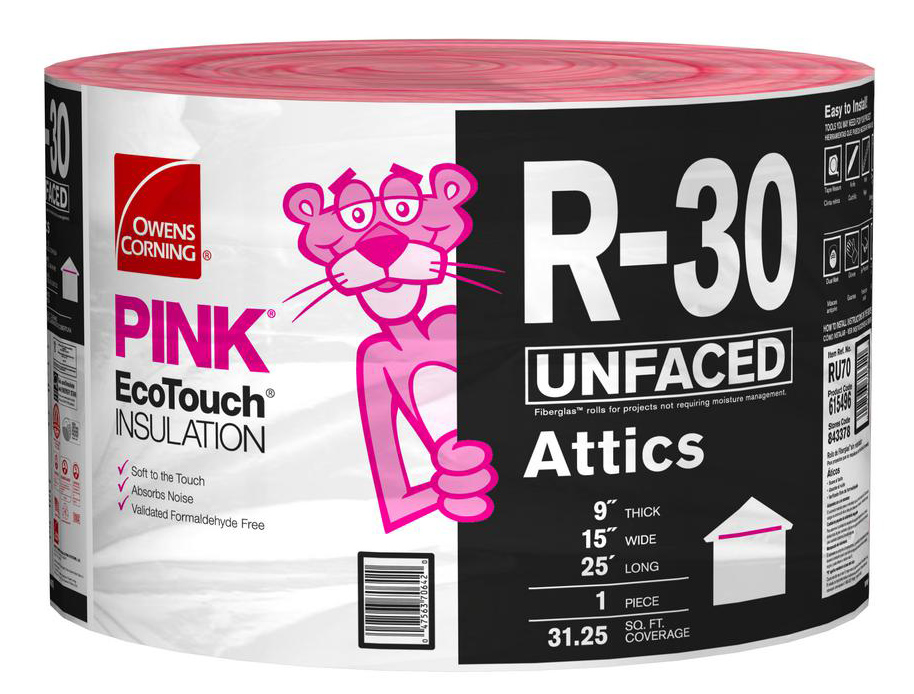
For their ease of installation, batts are the favorite choice of weekend fixers. Batts are generally packaged in rolls of varying thicknesses and standard widths. The thicker the batts, the better the insulation. They come in 16 or 24 inch rolls to fit between joists or studs in a home’s framing structure. You can buy them with or without a foil facing that serves as a vapor barrier. In colder climates, the vapor barrier should be facing down against the drywall underneath. That’s how to do it with Asheville attic insulation.
Batts are best for attics with standard joist spacing, few obstructions or penetrations to work around, and attics tall enough to get around in during installation. You will have to cut the batting to fit the length of the spaces you’re putting it over. Batts, especially the fiberglass kind, can irritate the skin, eyes, and lungs. So alwayswear long sleeves, gloves, a dust mask, and safety goggles during installation.
Batts come in a variety of materials. The most popular is fiberglass, but they also can be purchased in cellulose, mineral wool, and cotton. The best way to install them is to be sure they are thick enough to reach the top of the joists when you lay them in there. It may take two layers, depending upon the thickness you have chosen. The thicker the material, the better the insulation. Once the batts reach the top of the joists, another layer running perpendicular across the top will give you the best bang for your buck. That’s because the joists themselves can let cold air move between them. Covering them in the other direction adds another layer of protection.
If this sounds like a mystery, it’s really not. Click here to see a great video from Lowes on attic batt insulation and installation.
Filling In the Gaps
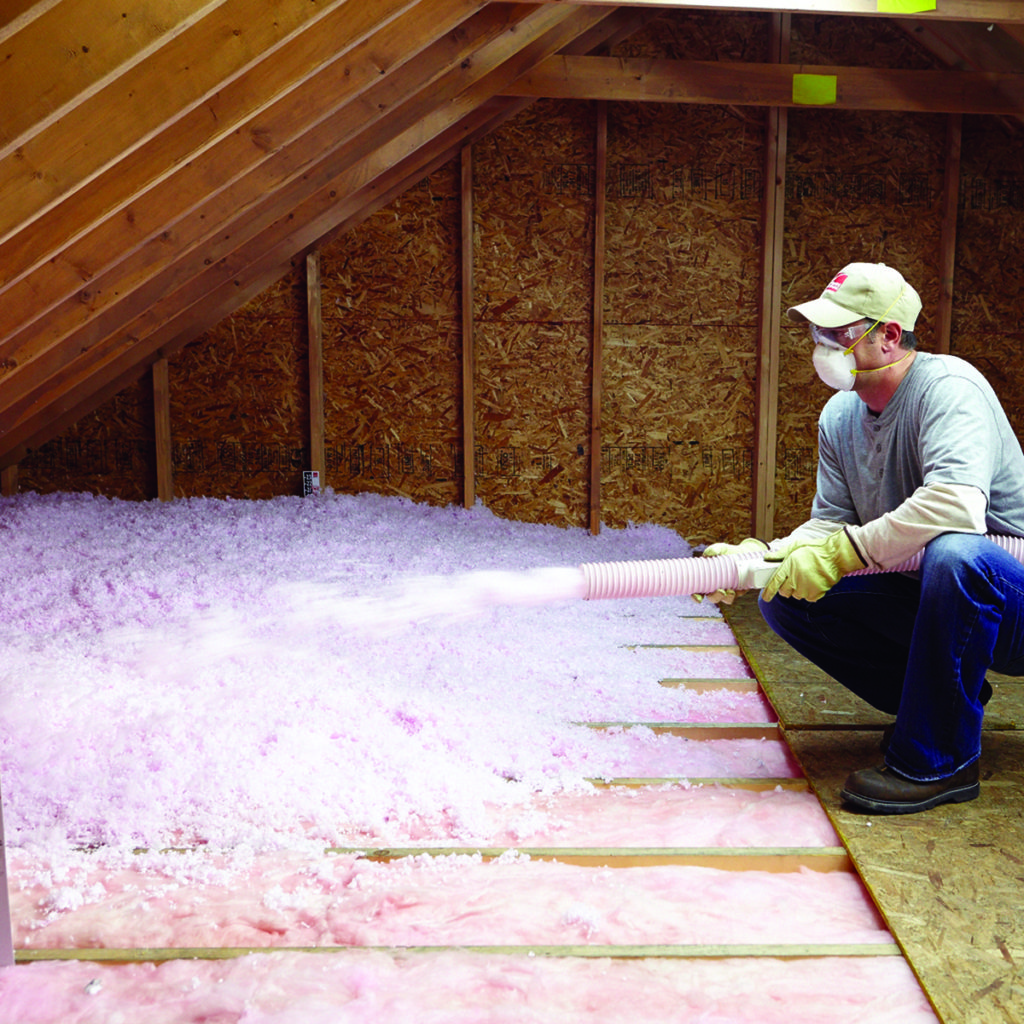
The other option for do-it-yourselfers is loose fill, in which insulation materials are packaged in bags and blown into place to your desired depth using machinery you can rent from home supply centers. This works best for the following types of attics:
- Attics with irregular joist spacing (something other than 16 or 24 inches)
- Attics with multiple obstructions and penetrations that could interfere with laying down batting
- Attics where existing insulation needs improvement or deepening
- Attics with minimal headroom for maneuvering
Loose fill insulation comes in three main types: The most common type is cellulose, made from recycled paper products treated with boric acid for insect deterrence and flame resistance. If you buy enough bags from a home improvement store, you might be able to negotiate use of the blower machine for free. Remember, the more you spray, the higher the insulation value becomes. Don’t be chintzy. You don’t want to take all that time and effort and still not have adequate insulation. A good rule of thumb is to spray at least 8-12 inches of the material in your attic for effective insulation.
Loose fill also comes in fiberglass and mineral wool, but these are generally more expensive than cellulose. Fiberglass also settles more, so a deeper layer is needed to achieve the same effect.
WARNING: Don’t spray any of these materials without adequate protection. Wear long sleeves, a dust mask, and protective goggles.
Pro Options
There are other options for Asheville attic insulation. These include open-cell and closed-cell foams. However, installaAtion of these materials is better left to professionals.
For Reluctant Homeowners
Not the type to climb up into your attic to see what’s up there? No problem! Call Peter Young Home Inspections today, and let us find out how your installation stacks up against cold winters and hot summers.
Are you thinking of buying or selling a home? Get an inspection first to avoid unpleasant surprises.
Click the link below to arrange an appointment.
